Grandpa Ron
Been spending a lot of time on here!
- Joined
- Aug 9, 2018
- Messages
- 1,156
- Reaction score
- 703
- Can others edit my Photos
- Photos OK to edit
Decades ago (early 1970's) my Uncle gave me this 4x5 camera from who knows where. Yes, I actually took a few pictures with it using a Wollensak lens from an old Polaroid camera. I came across it recently an decided to awaken it.
As you can see from the empty screw holes, some of the features must have been cannibalized. Repurposed as they say for other projects. Avid collectors seem to have a knack for identifying their favorite items, So my question is "What is your best guess at the age and maker of this venerable old camera."
It will see film this winter; here is something about snowshoes, a dog, tripod and cut film that cannot be digitized, no matter how short the outing.
As you can see from the empty screw holes, some of the features must have been cannibalized. Repurposed as they say for other projects. Avid collectors seem to have a knack for identifying their favorite items, So my question is "What is your best guess at the age and maker of this venerable old camera."
It will see film this winter; here is something about snowshoes, a dog, tripod and cut film that cannot be digitized, no matter how short the outing.


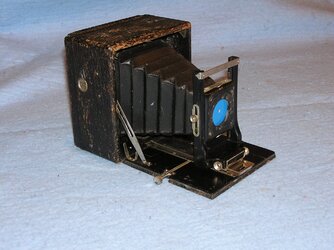
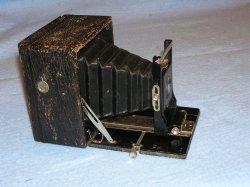
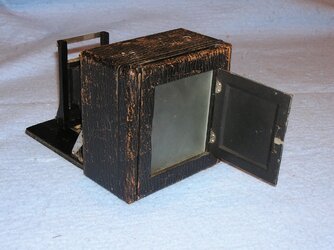
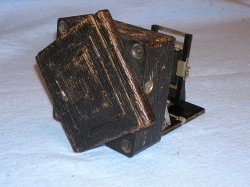
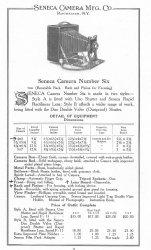
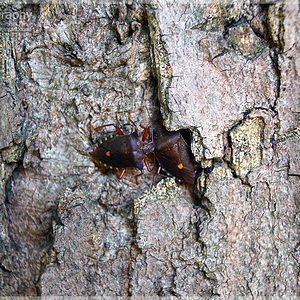
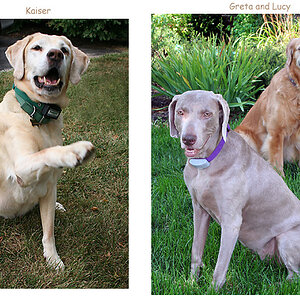
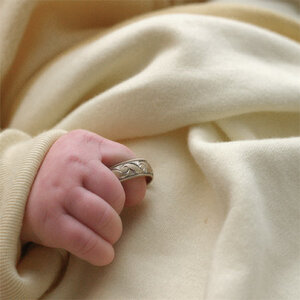
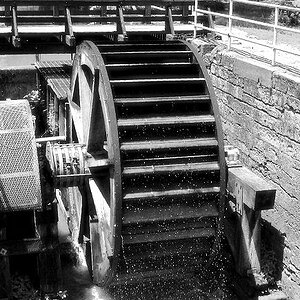
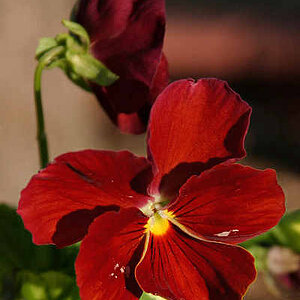
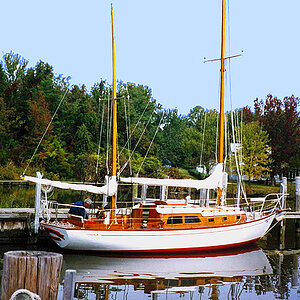
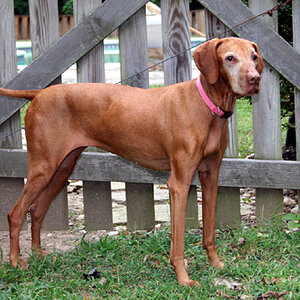

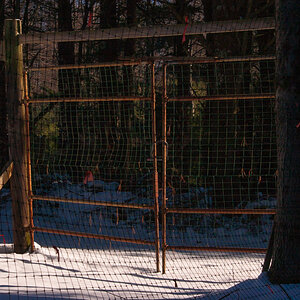
![[No title]](/data/xfmg/thumbnail/35/35878-753a9d58c095f0e1aaa96d03c025f6ce.jpg?1619737205)

